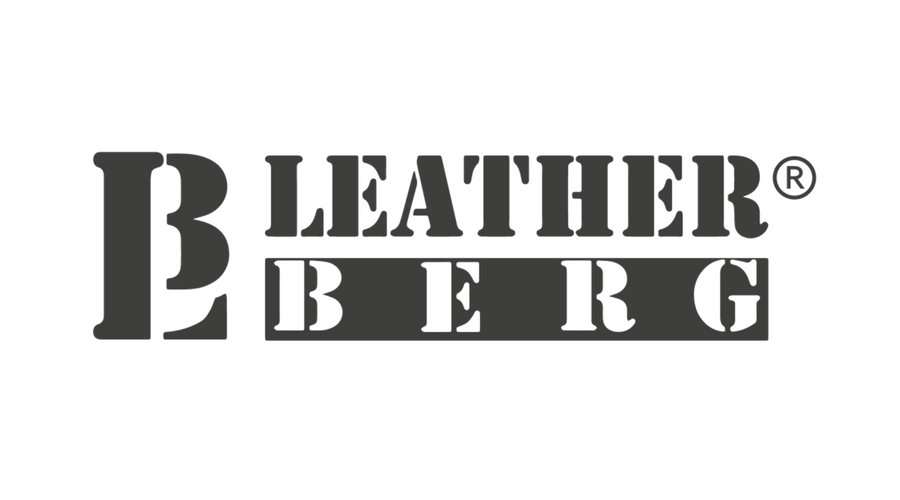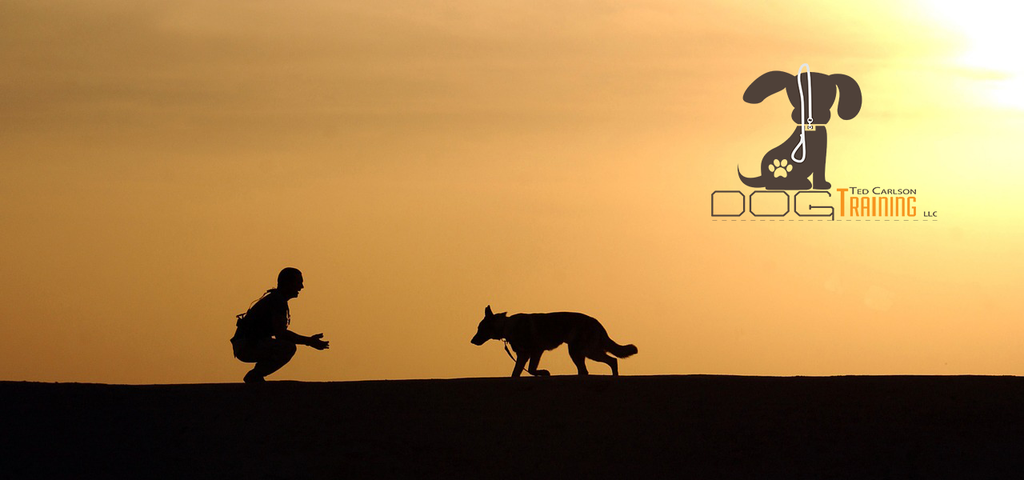We are very excited! This week we bring you dog training tips from a real expert, Professional Dog Trainer and Behavior Consultant,Ted Carlson. It is our deepest pleasure to be collaborating with Ted to bring you, our beloved readers, only the most valuable and educational tips and tricks in dog training world.
Without further ado, here come The 3 Core Principles of Professional Dog Training System by Ted Carlson.
The 3 Core Principles of Professional Dog Training System by Ted Carlson.
I have been training dogs professionally for more than the past decade, but have been involved in dog training in some fashion since the mid 1990's. I have worked with hard dogs, soft dogs, smart dogs and not-so-smart dogs, and in that time, I developed a unique approach to dog training. During the training process methods and tools change for each dog as an individual, but the bulk of the process stays the same.
There are three core principles that all of my dog training plans include to give every dog what they need to establish a healthy lifestyle, mentally, and emotionally.
1. Routines, Structure and Habits
Humans thrive on freedom and the ability to make their own choices. So much so, that those things are taken away as punishment for breaking the law. But, dogs are not humans. Dogs thrive on routine and structure. Some dogs can handle less structure better than others; however, all dogs can benefit from more routines and structure, especially early on in the training process. Dogs are social pack animals, and want to follow; they are not natural leaders. By giving a dog more routines and more structure, you take away the burden of having to make decisions, and establish your role in the relationship as the leader. You also build good habits and behavior patterns by establishing well defined rules and boundaries. Dogs are creatures of habit and without direction they will build their own behavior patterns and habits to follow. Most of the time what they decided is not what we want because we are causing a stressful state of mind by simply not satisfying their need for followership. Routines and structure serve to establish rules and boundaries, build the leader/follower relationship, set good behavior patterns, create good habits, and alleviate stress and anxiety caused by too much freedom and too much ability to make their own choices.

2. "Nothing in Life is Free"
Since dogs learn primarily based on the consequences of their own actions, they learn a lot even when we are not actively teaching them. If an action is met or ends with a pleasant consequence or experience, they will attempt that behavior again. If an action is met or ends with an unpleasant consequence or experience, they will avoid that behavior in the future. Well established routines and structure limits the amount of experiences your dog will be exposed to without you specifically allowing it, and using a, "Nothing in Life is Free", approach will ensure that each action your dog takes is a learning experience. I have never seen, "NILIF", not improve a dog. Giving free rewards teaches your dog nothing about holding themselves accountable and gives them no sense of accomplishment. Rewards, given or taken freely, hold no value and cannot be used to reward good behavior from your dog, giving them no incentive to perform for you. "NILIF", does not mean that you have to take away affection, play, and rewards, it just means that your dog must earn them in some way.

3. State of Mind Work
State of mind work is the third and often-forgotten puzzle piece in a training plan. Routinely practicing a state of mind each day for 1-hour or more teaches your dog to maintain that state of mind outside of practice. If your dog routinely practices an aroused or excited state of mind, they will maintain that state of mind throughout their normal daily life leading to unwanted behaviors and an overall uneasy state of mind. If it is calm and respectful behavior you want from your dog, then routinely practicing a calm state of mind will help to create an overall calm state of mind. Maintaining a calm state of mind teaches your dog about impulse control and self-control, making their behavior much more predictable and make them mentally healthier and happier.
Basic obedience is the cornerstone of everything your dog does, but having a well-trained dog is about so much more than just obedience. Satisfy your dog's need to be a follower by providing them with routines and structure. Ensure your dog is held accountable and give them a sense of accomplishment by using a, "Nothing in Life is Free", approach to all of their interactions. Teach your dog about self-control by routinely practicing a calm state of mind through duration work.

_________________________________________________________________________















I want to receive newsletter